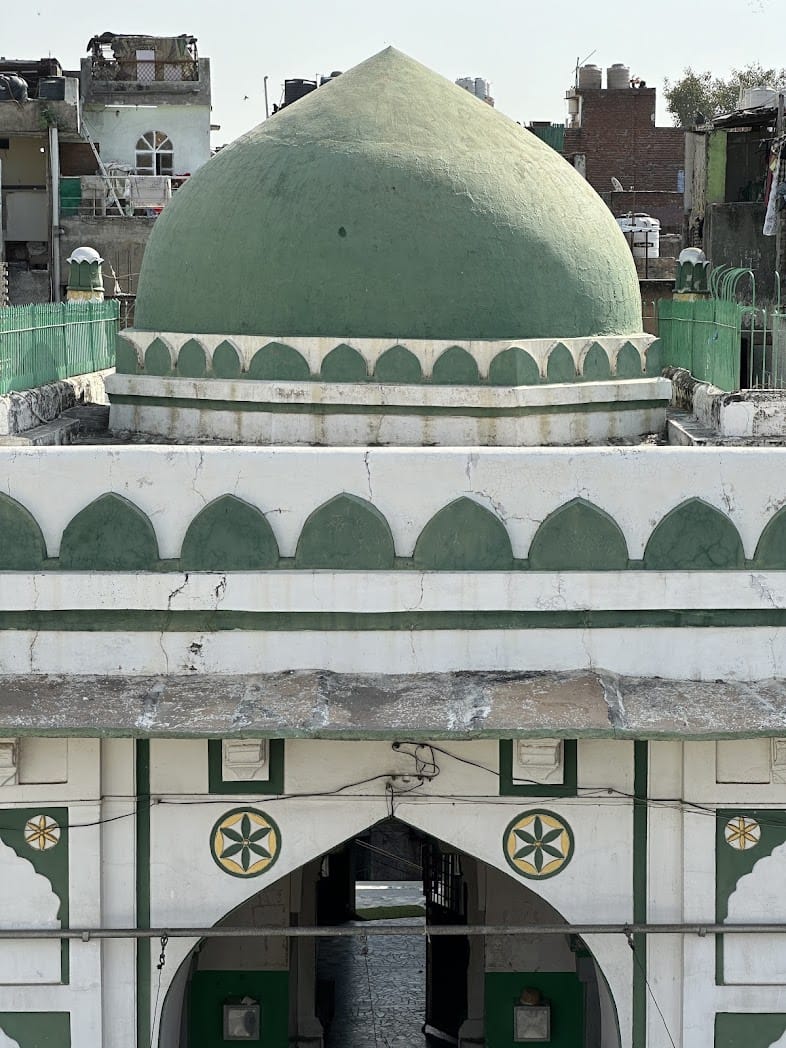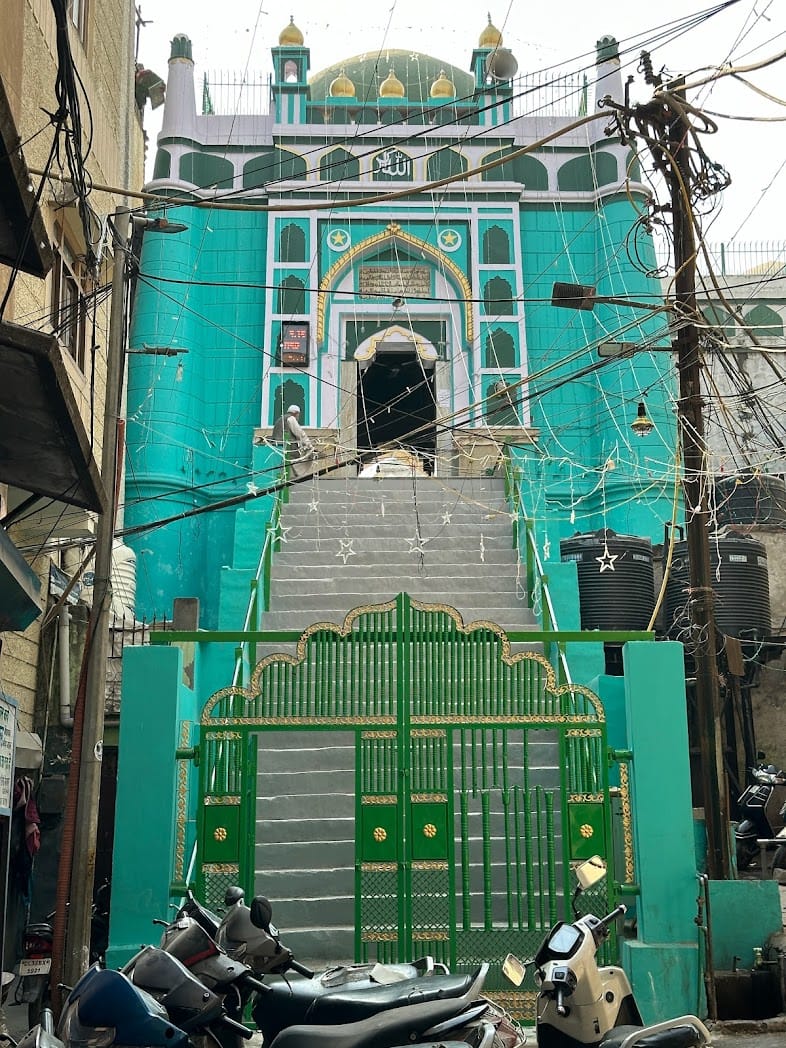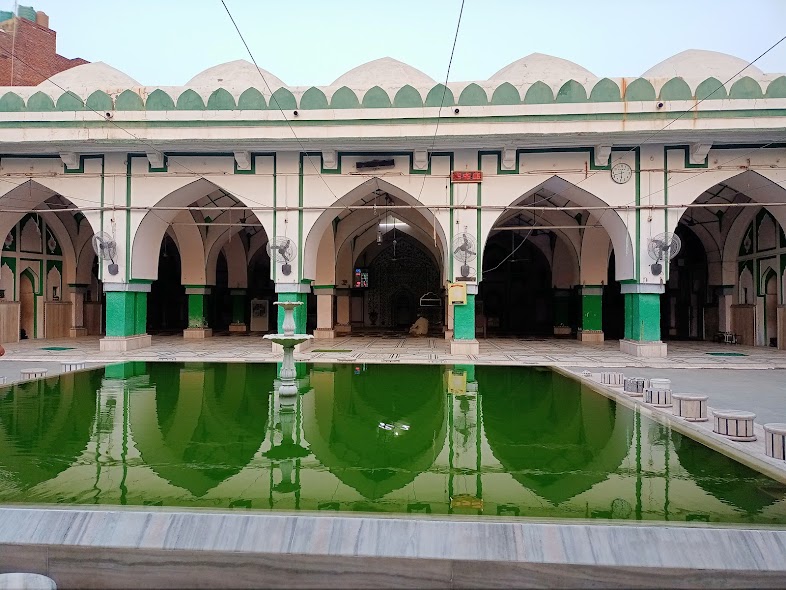


The Kalan Masjid, also known as the "Great Mosque," is located in the old city of Delhi, India, and dates back to the 17th century. It was built during the reign of Mughal Emperor Shah Jahan, around the year 1650. Key Features: Architecture: The mosque showcases classic Mughal architectural elements, including a large courtyard, arched entrances, and intricate marble work. It is adorned with elegant calligraphy and geometric patterns typical of the Mughal style. Design: The mosque is designed in a rectangular shape and can accommodate a large number of worshippers. Its spacious prayer hall is supported by pillars and features domes, which are characteristic of Mughal mosques. Cultural Significance: The Kalan Masjid is significant not only for its architectural beauty but also for its role in the religious and cultural life of the local Muslim community. It serves as a place for prayers, gatherings, and community events. Establishment: The mosque was constructed as part of Shah Jahan's efforts to promote Islam and support the Muslim community in the region. Its establishment reflects the Mughal dynasty's commitment to architecture, culture, and religion during its golden age. Over the years, the Kalan Masjid has witnessed the historical changes and events in Delhi, making it a valuable site for both architectural and historical studies. Today, it continues to be an active place of worship and an important landmark in the area.